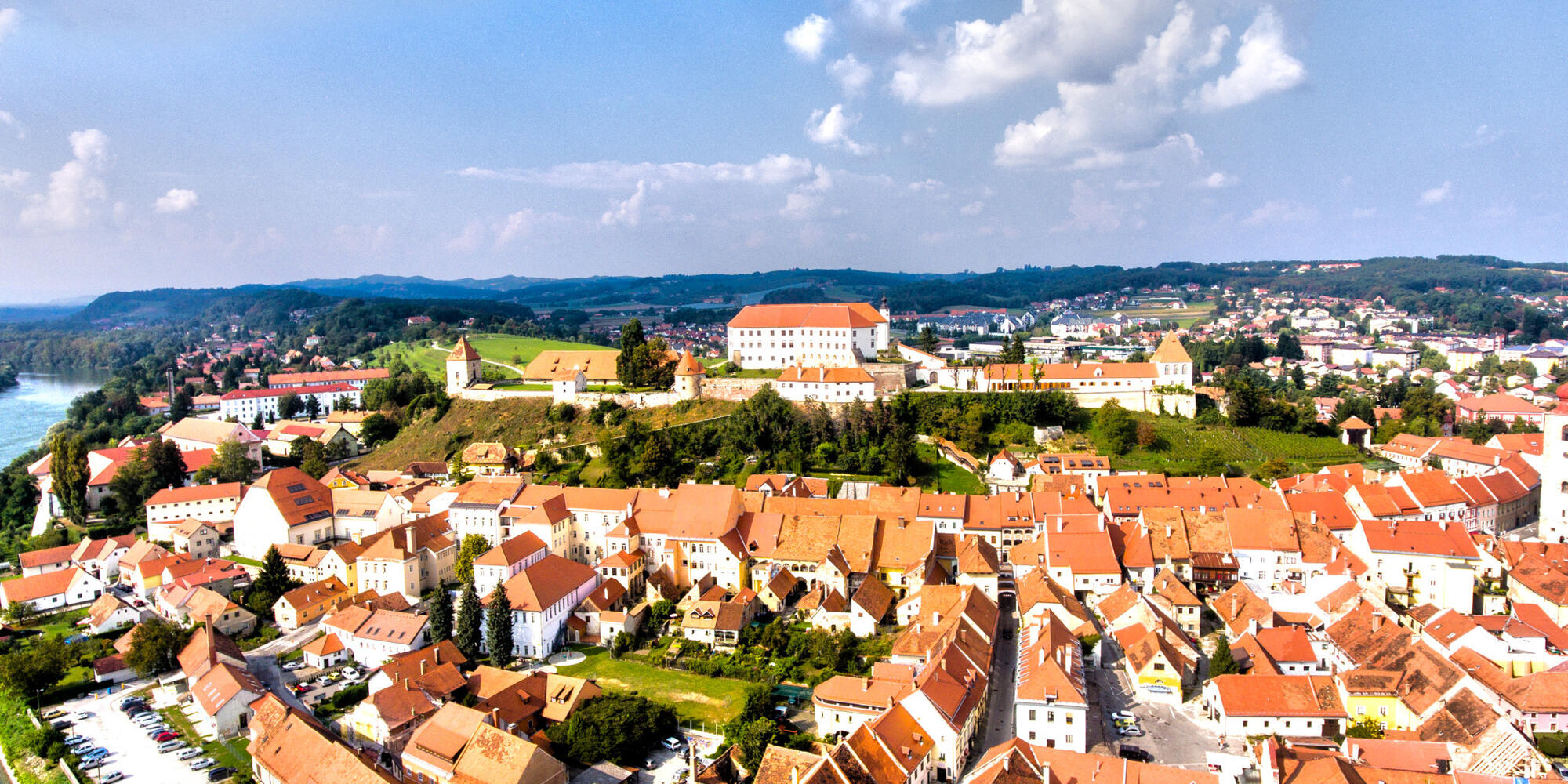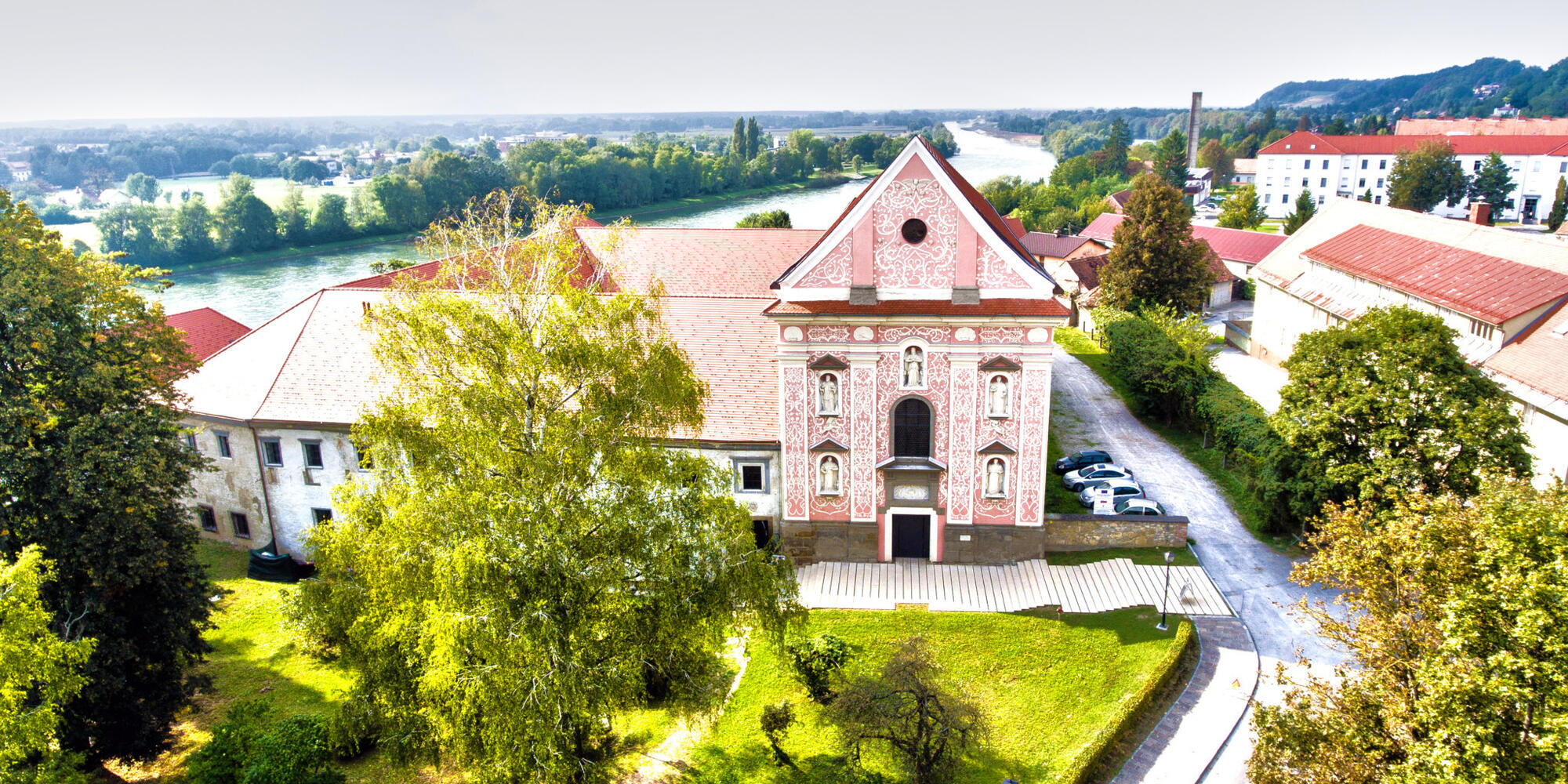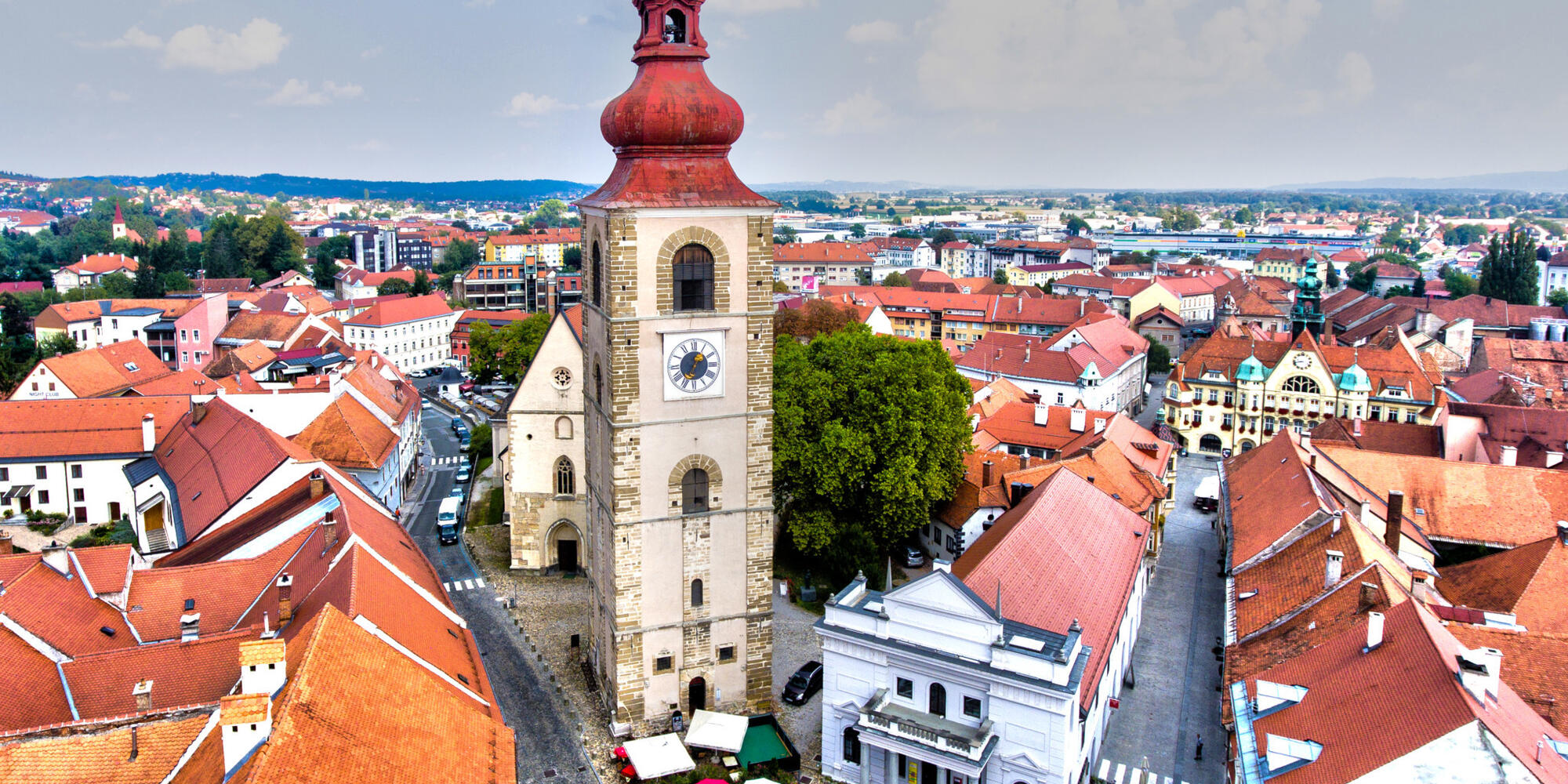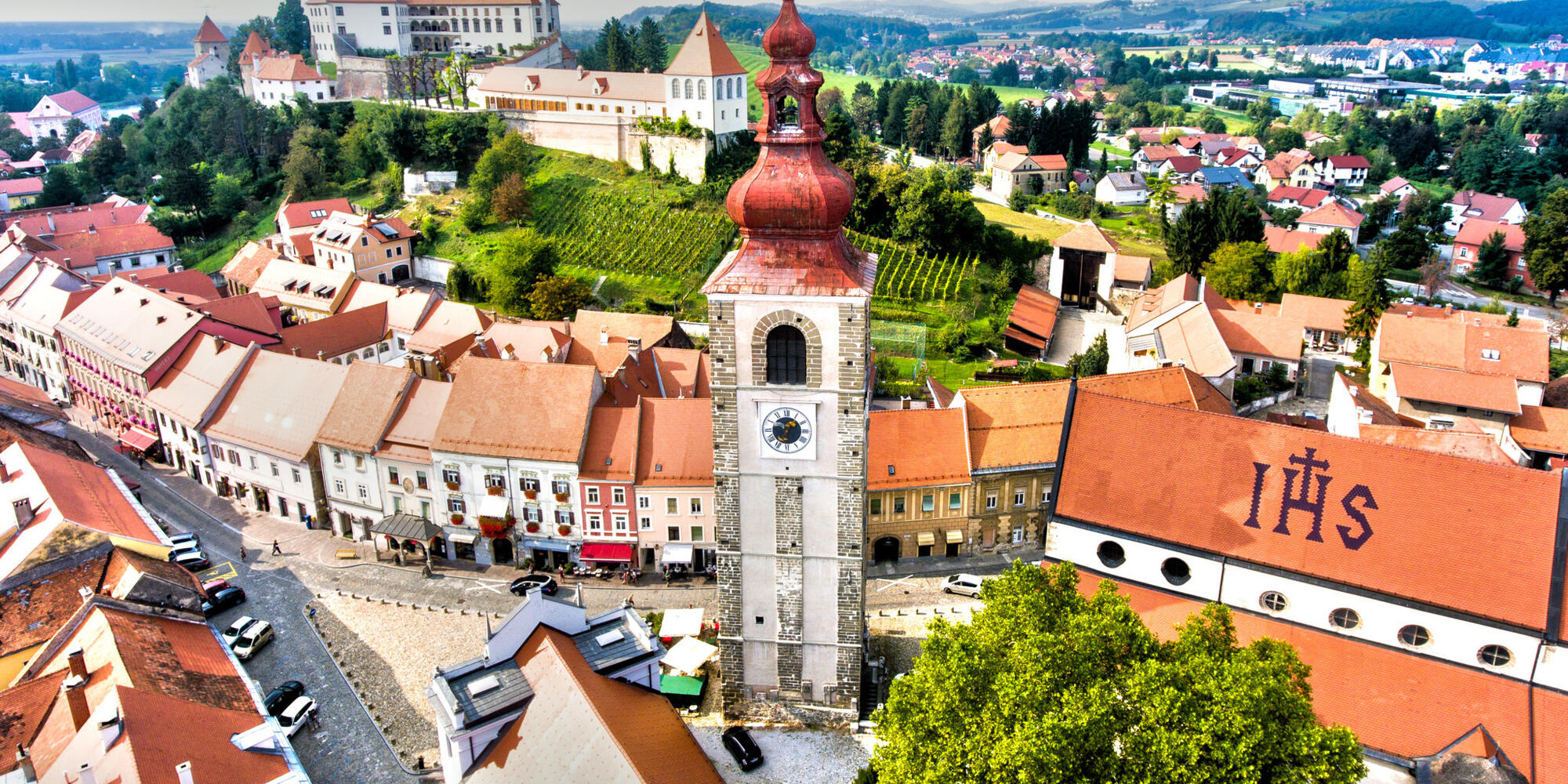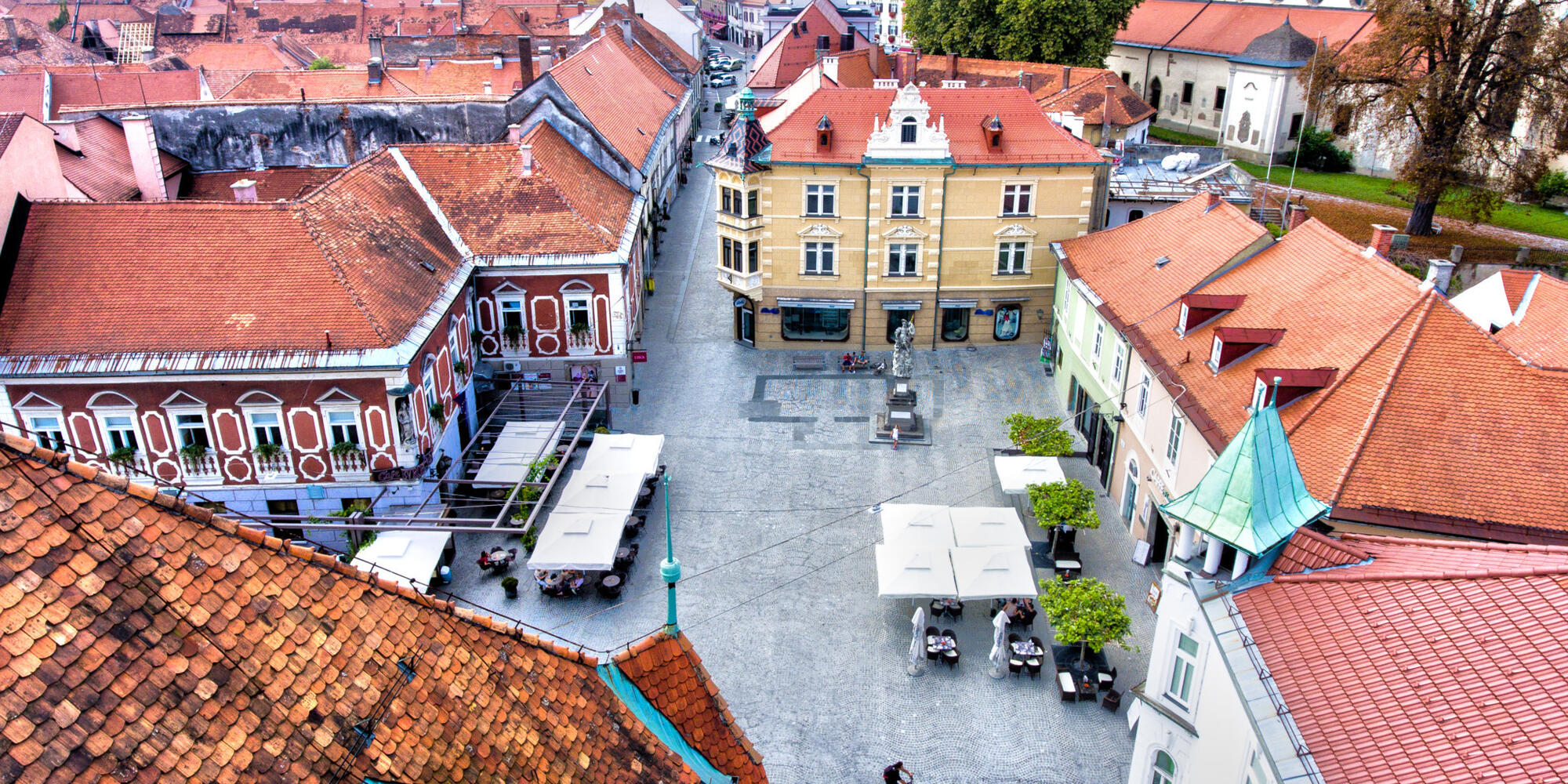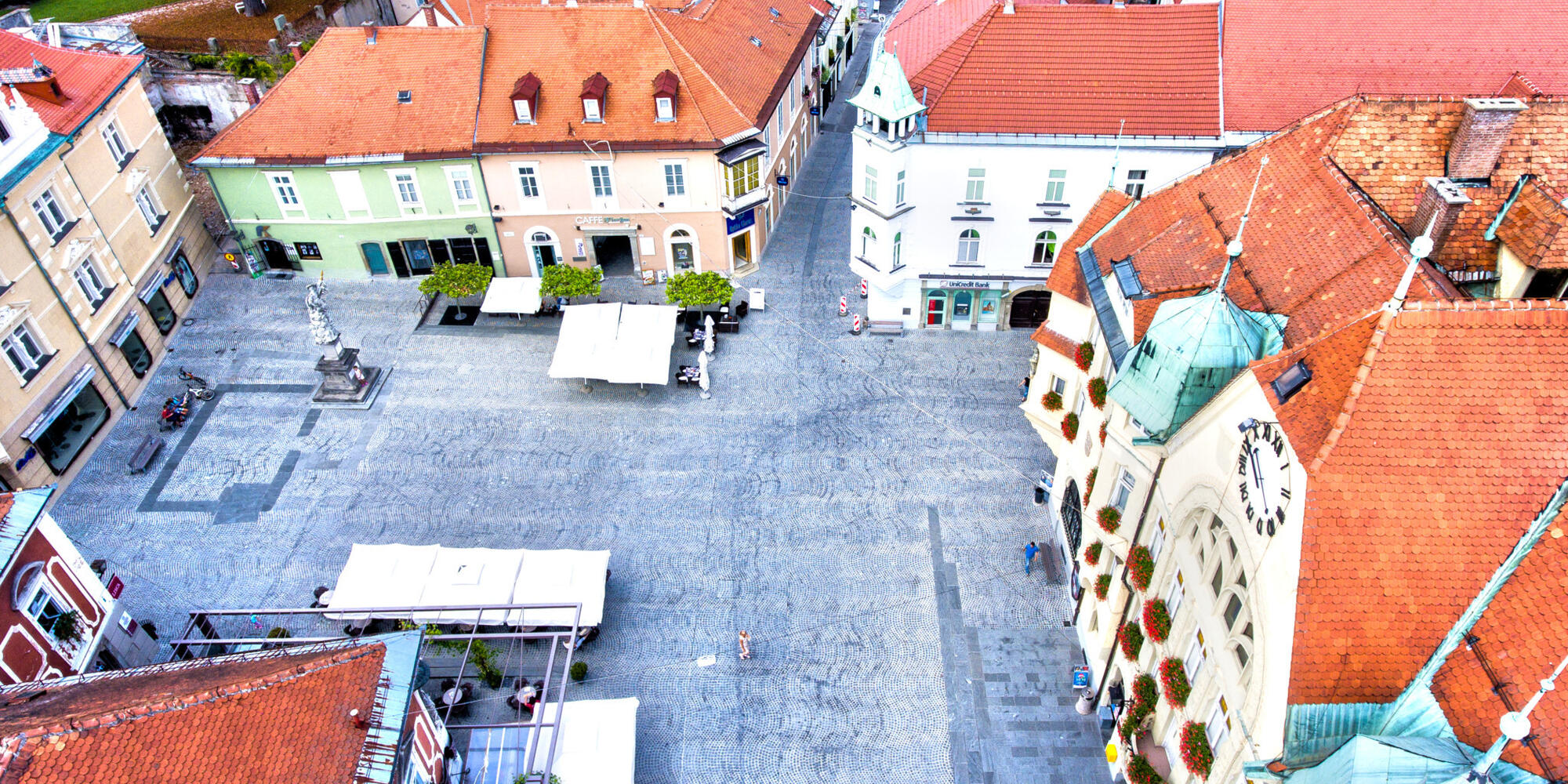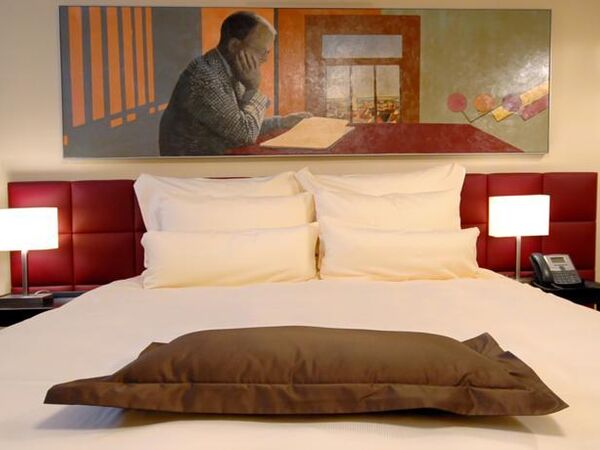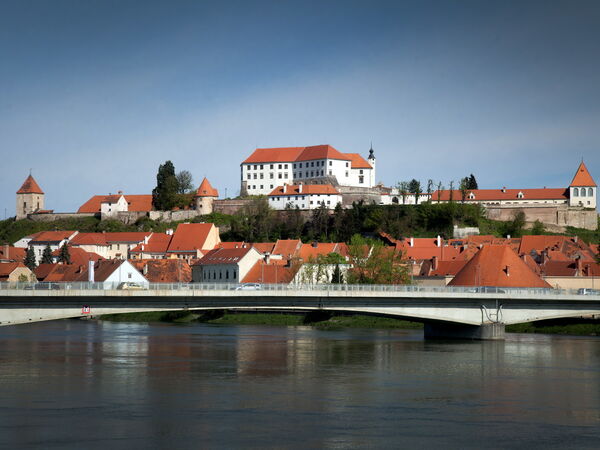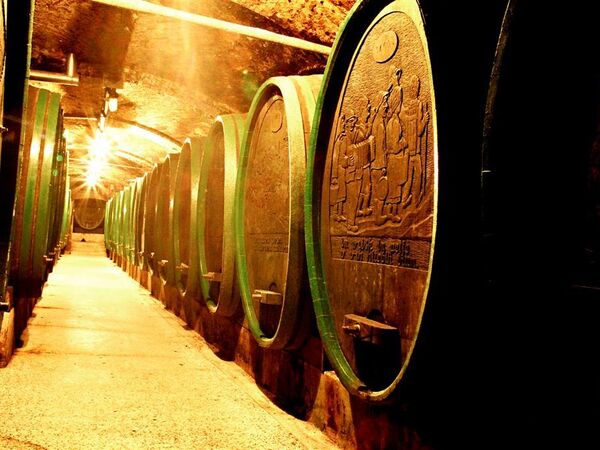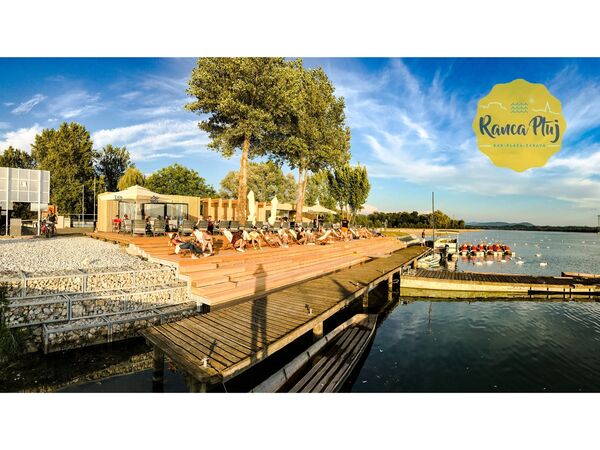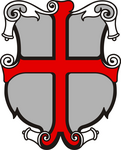
Ptuj
Ptuj is the oldest documented city in Slovenia, located in north-eastern Slovenia, in the centre of Spodnje Podravje on the border with Prlekija. The entire central part of Ptuj is protected as heritage.
Ptuj’s first chapter in history starts in the Younger Stone Age. Celts, co-creators of the later Noricum, settled in this location in the Late Iron Age, gradually urbanising the settlement location. Roman writers, starting with Tacitus, mention Ptuj several times in relation to significant events, reaching to the time of Vespasian’s election as Caesar in AD 69 to the mention of political activities of the grandfather of the last Roman Emperor in the West, Romulus, deposed in AD 467. These records mark the historical period of Ptuj, which became self-governing unit COLONIA ULPIA TRAIANA POETOVIO around AD 103, reaching its peak in the 2nd and 3rd century, before being burned to the ground by the Huns in AD 450. Between AD 977 and 1555, Ptuj was owned by Salzburg Archbishops, then by the provincial duke. Gradually, education, military, leather industry, wholesale wine trade, train and road connections, and the beginnings of the tourism industry developed in the town.
Cultural heritage
Ptuj Castle
Ptuj Castle is one of the most famous castles in Slovenia. The view from the castle stretches over the brick roofs and paved streets of the oldest city in the country. In the Landscape Museum Ptuj – Ormož one can visit outstanding museum collections: from musical instruments, weapons, furniture to traditional carnival masks and painting masterpieces.
Dominican Monastery
The Dominican Monastery was founded in 1230 by Matilda, the widow of Frideric III of Ptuj, and it operated until its disbandment in 1785. The monastic complex features a Gothic and Baroque image. The renovated spaces have in recent years been a venue for cultural events, and from April to October they are also accessible for visiting.
Minorite Monastery
Despite the fires and the bombing, the monastery, built in the 13th century, is today renovated and boasts an exceptional monastic library with more than 5000 books, some dating as far as the 16th century. In the summer months, the arcade court is one of the most popular venues.
Orpheus's Monument
The Marble Monument was erected in the memory of Mark Valery Ver, who was the mayor of the city of Poetovia in the second century. The five-metre -high monolith still stands on the place where the Romans raised it. In the Middle Ages the monument, decorated with scenes from Orpheus's story, was used as a pillory.
3rd Mithraeum - the sanctuary of the God Mithra
During the Roman Empire, Ptuj was an important city (Poetovia) and a military post. Mithraism, a Persian faith with mysterious rituals, which were attended only by men, was established through the soldiers from the Eastern countries. Many cultural monuments are in this sanctuary of the God Mithra from the 3rd century.
City tower
It is almost impossible to overlook the city tower. It is interesting not only because of the Baroque onion roof, but also because of the ancient monuments embedded in the walls. A watchful observer will notice that the clocks are only on three sides; since the castle gentry did not want to contribute their share for the clock, the townspeople, as a sign of protest, did not put up the clock that would face the castle.
Town Hall
One of the most powerful houses in the old city centre is the work of the Vienna architect Max Ferst from the beginning of the 20th century. Every year, more than 100 couples seal their fate in the wedding hall, while many local people spend their Saturday mornings drinking coffee in front of the magistracy and accompany the coming of brides and wedding guests.
Church of St. Yuri
The proprietary church has one of the most beautiful ecclesiastical interiors: a remarkable Laib's winged altarpiece, choir benches from the 15th century, and the statue of the patron saint of St. Yuri, who dominates the dragon. The church from the 12th century has been enhanced several times, which accounts for the mixture of styles, which are dominated by the Gothic and the Baroque.
Natural heritage
Hince's sequoia
On the left bank of the river Drava, 2 kilometres from the city centre, in the settlement Orešje, stands the Hince’s sequoia. This kind of tree was brought to Europe in the 19th century and planted in parks. The sequoia in Orešje is the largest among the trees of its kind in Slovenia. The circumference of the tree is 743cm and it measures 43.5 meters in height.
Šturmovci Landscape Park
In the triangle between the old riverbed of the Drava River, Dravinja River with the Haloze edge and Videm hedge under the embankment of the Ptuj Lake, lie the remains of the fluvial landscape which extend over 125 hectares, and that have been insured as the Šturmovci Landscape Park since 1979. On the north-west side it is bounded by the Ptuj Lake, on the south slopes of Haloze, and in the east of the confluence of Drava and Dravinja. It is a wide flood area and an effective high-water reservoir. The area is distinguished by a variety of living environments, all from gravel, shallow water, cut-off meanders, and spring meadows, to mown and unmown flood forests and meadows. The first natural value of the Šturmovci Landscape Park is the river meadow, which is just the remainder of the once extensive meadows along Drava between Maribor and Ormož. The meadow is a wide flood area along the river, with white willows growing in its deepest parts which can be flooded for a bigger part of the year. On higher and drier spots, the willows disappear and are replaced by poplars, ash trees, elms, oaks and others, which can stay in water for up to three months per year. The rhythm of life in the meadow is dictated by floods; the water sweeps away, shifts the gravel, the sand dunes and the soil together with trees.
Services nearby (10km)
To spletno mesto uporablja piškotke, ki izboljšajo vašo izkušnjo. Kaj so piškotki?
Nastavitve piškotkov
To spletno mesto uporablja piškotke, ki izboljšajo vašo izkušnjo. Kaj so piškotki?
Zahtevani piškotki
Ti piškotki so nujni za delovanje naše spletne strani in jih ni mogoče izključiti.
Oglaševalski piškotki
Te piškotke lahko na našo stran postavijo oglaševalski partnerji in s pomočjo njih prikažejo relevantne oglase.
Analitični piškotki
Omogočajo anonimizirano zbiranje podatkov o obisku spletne strani. Nastavi jih lahko tretja oseba, katere storitve uporabljamo.

 Warnings
Warnings
 Construction
Construction
 Weather
Weather
 Contact
Contact
 Search
Search
